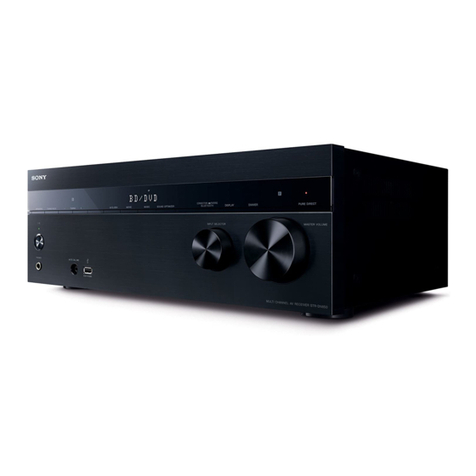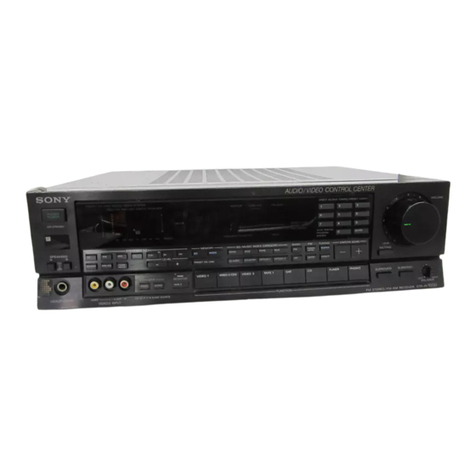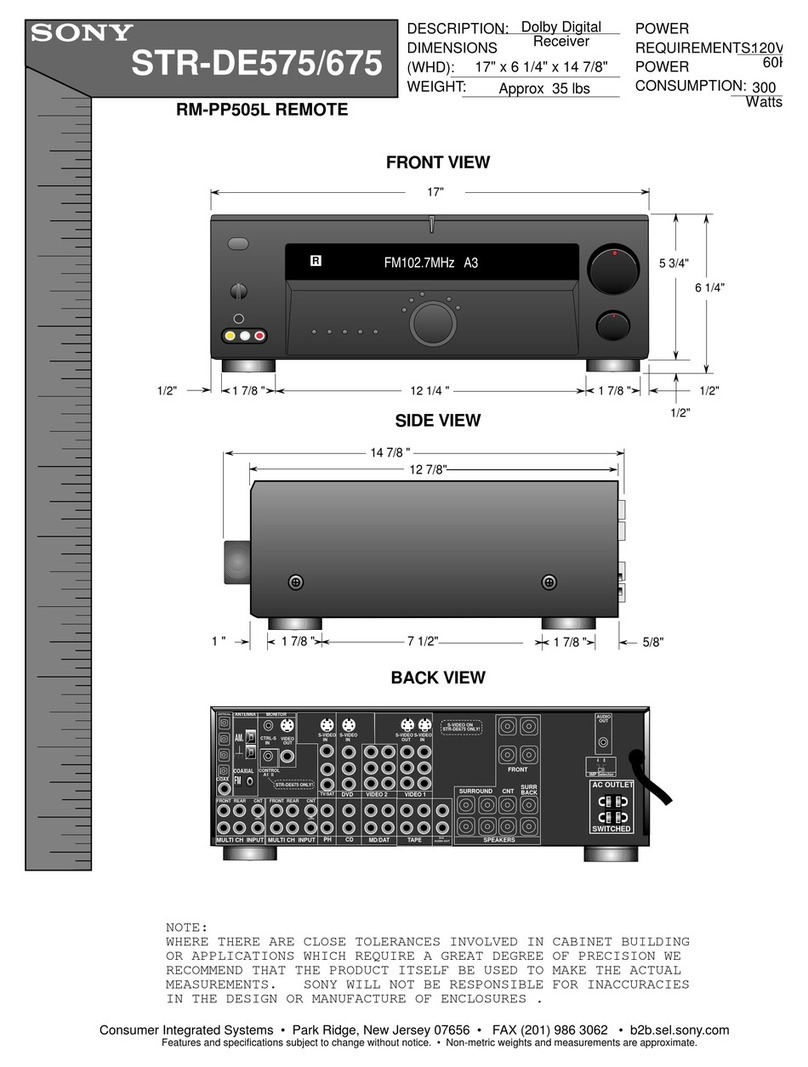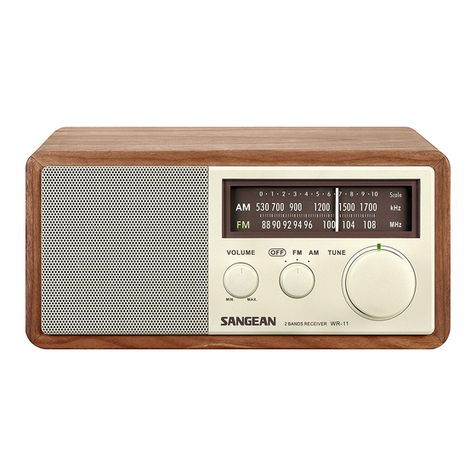Sony ICF-2001D User manual
Other Sony Receiver manuals

Sony
Sony HCD-RV990D User manual

Sony
Sony Vision Touch STR-G1ES User manual
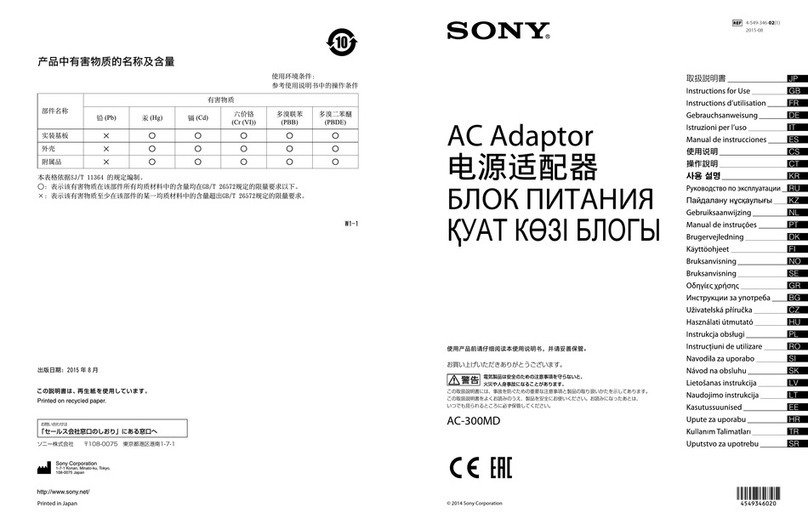
Sony
Sony AC-300MD User manual

Sony
Sony STR-DN1070 User manual
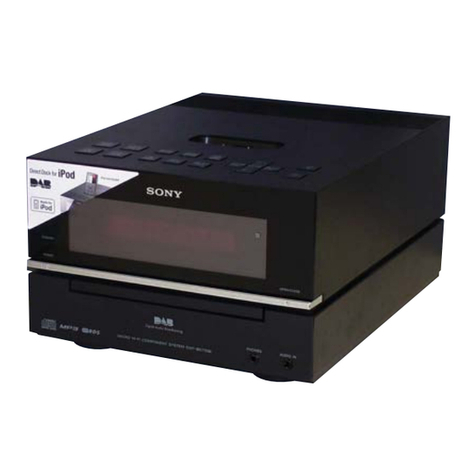
Sony
Sony HCD-BX77DBi User manual
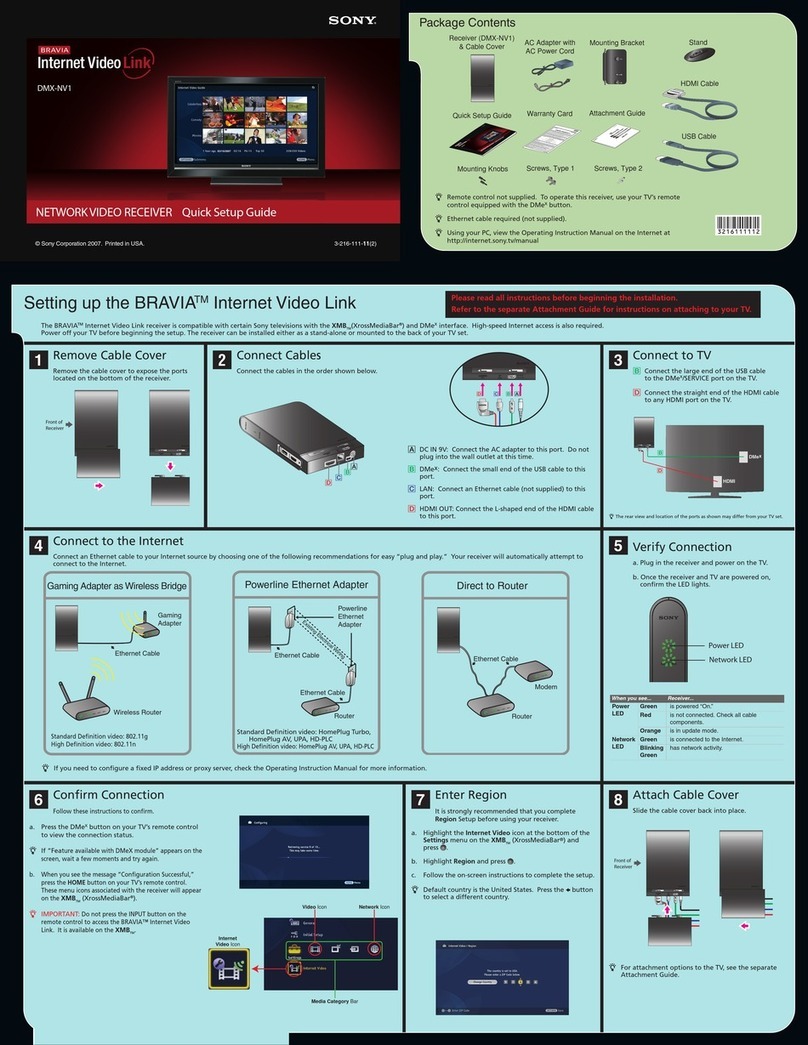
Sony
Sony DMX-NV1 (For DMX-NV1 model sold separately) User manual
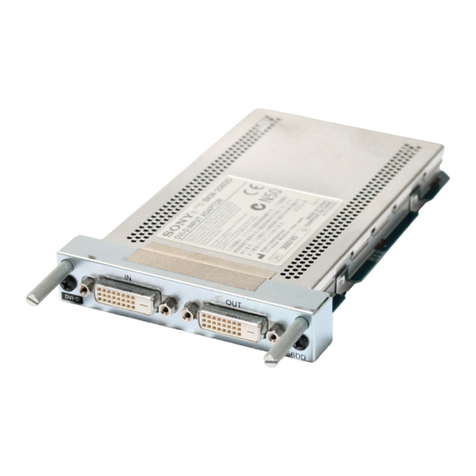
Sony
Sony BKM-256DD User manual
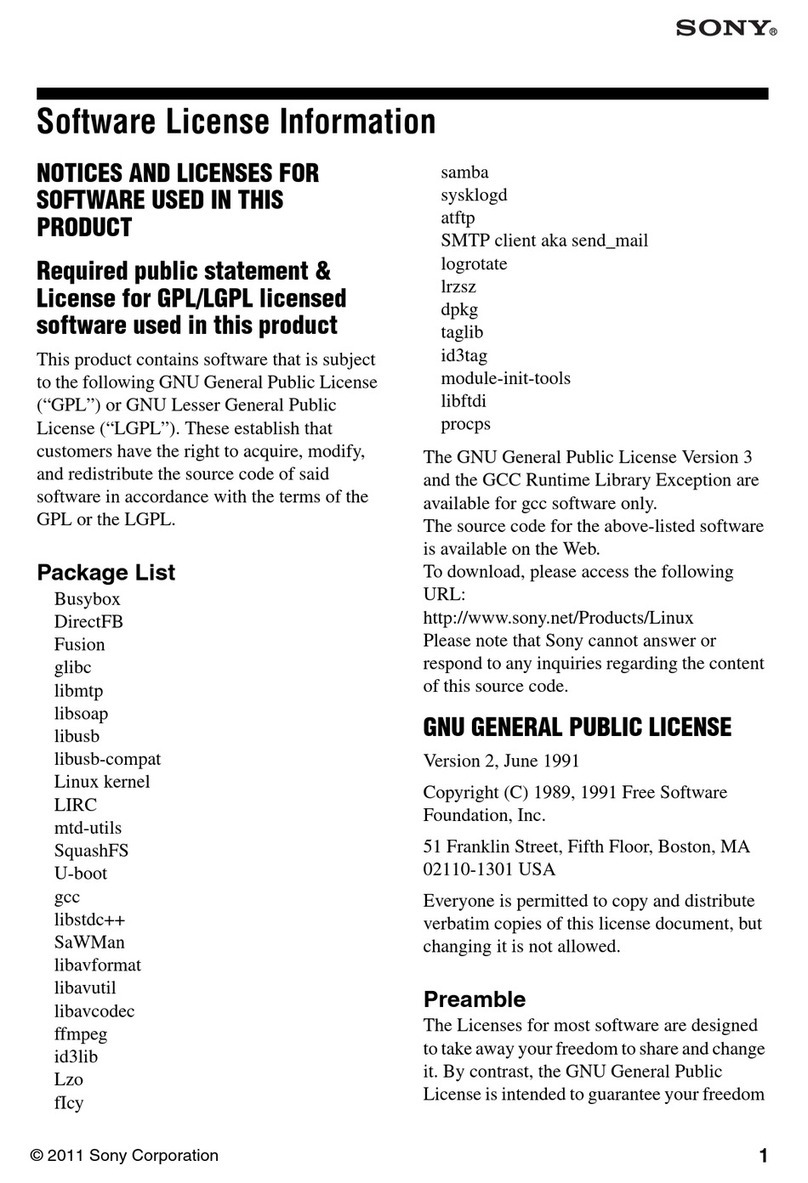
Sony
Sony STR-DA3700ES Mounting instructions
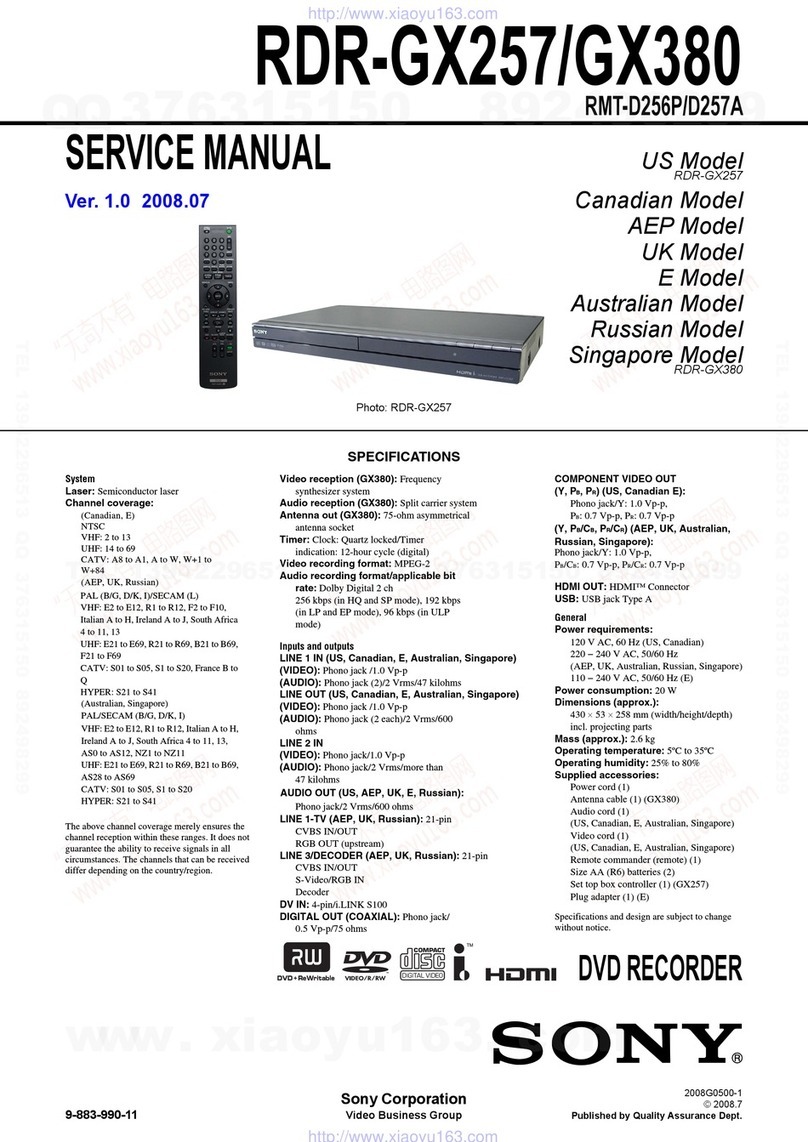
Sony
Sony RDR-GX257 Building instructions
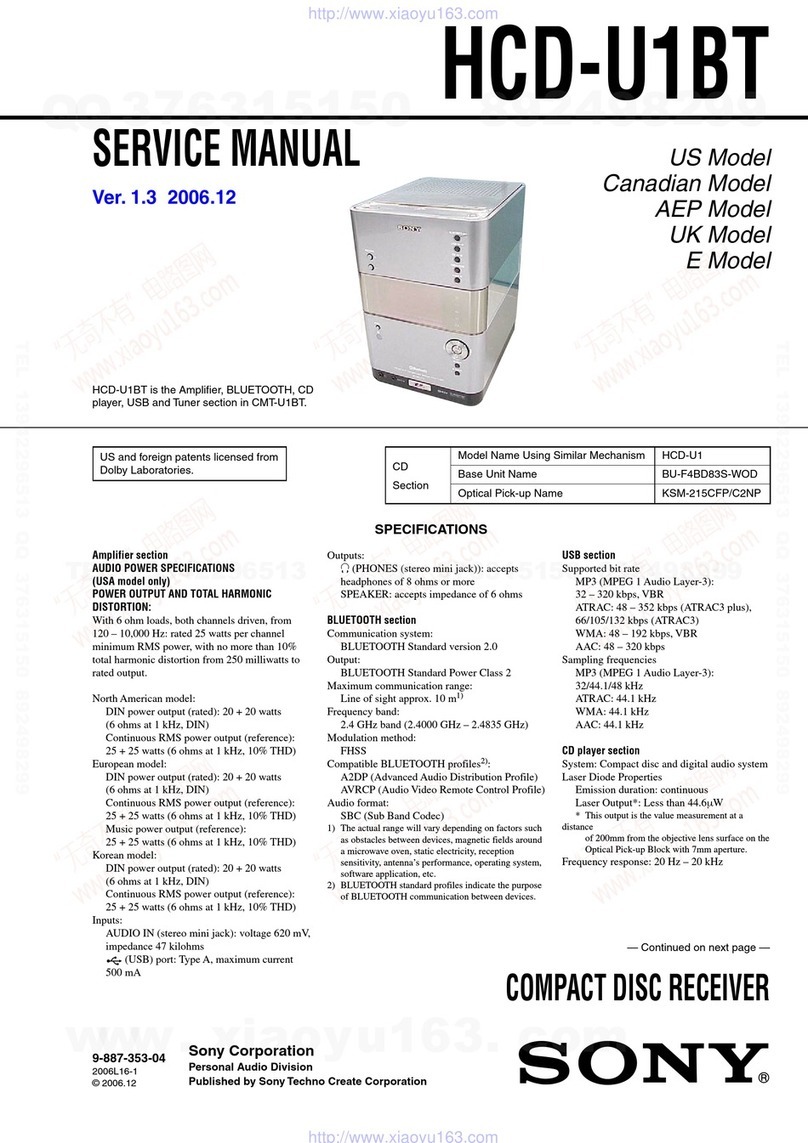
Sony
Sony HCD-U1BT - Receiver Component For Micro Hi-fi... User manual
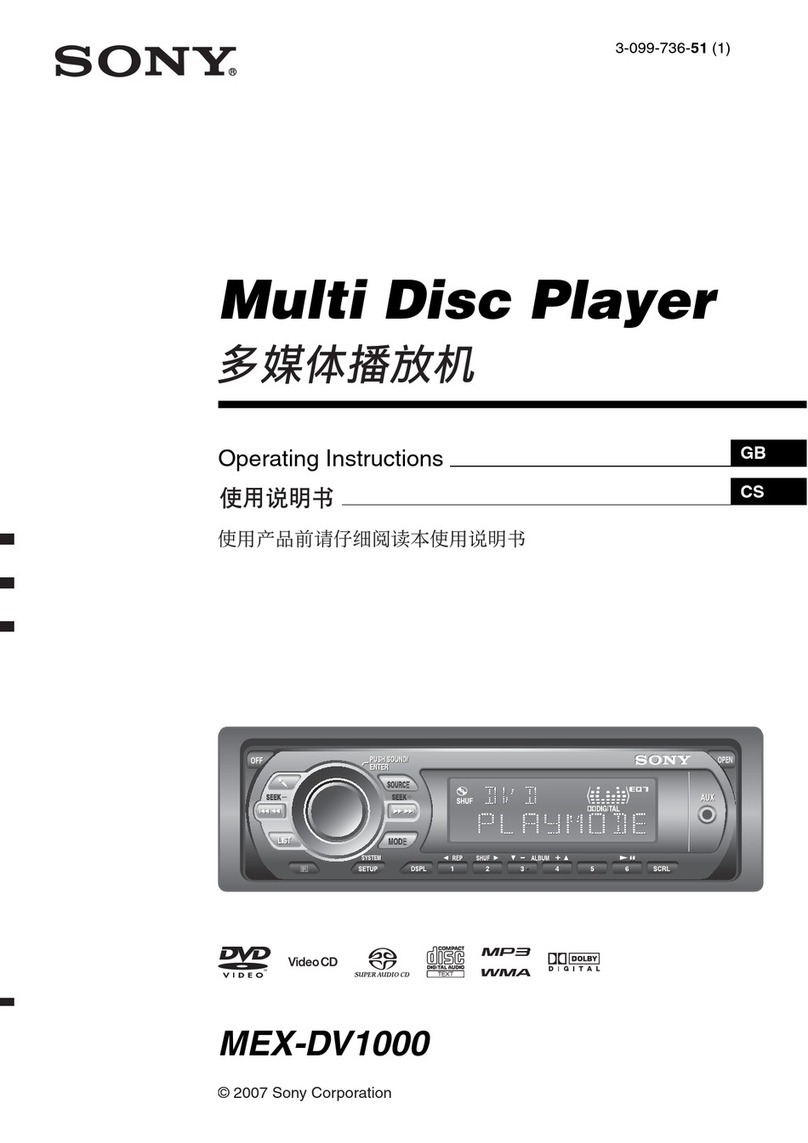
Sony
Sony MEX-DV1000 - Cd/dvd Receiver, Mp3/wma Player User manual
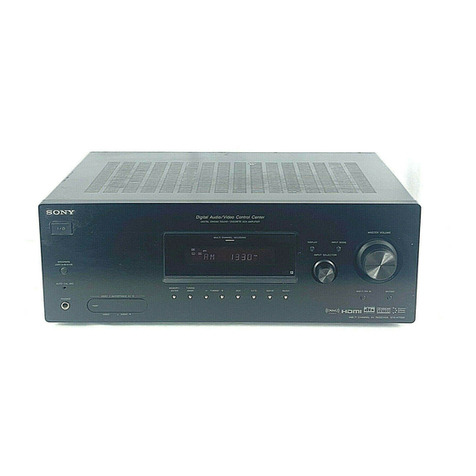
Sony
Sony STR-K7000 User manual

Sony
Sony Ipela SNCA-ZX104 User manual
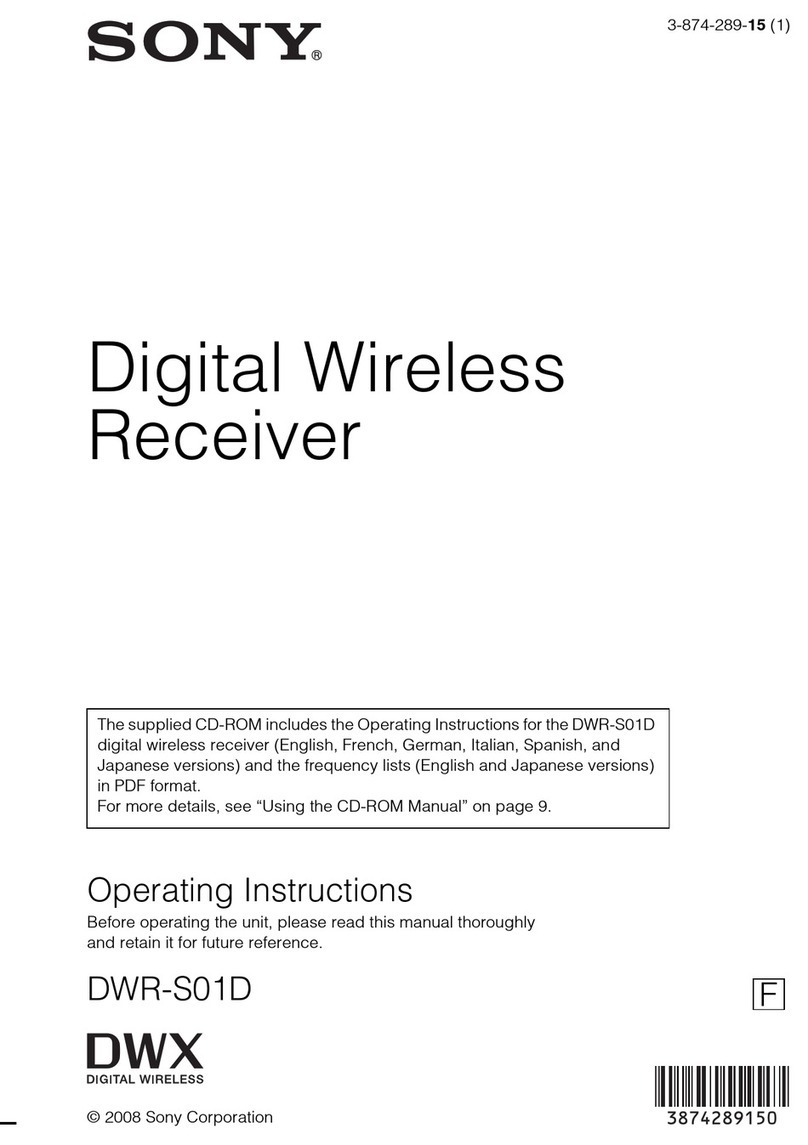
Sony
Sony DWR-S01D User manual
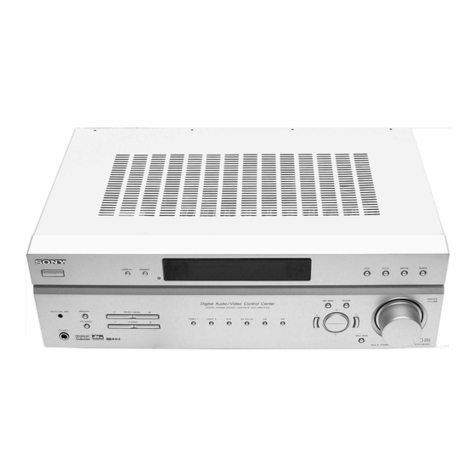
Sony
Sony STR-DE400 User manual

Sony
Sony SAT-HD300 - High Definition Satellite... User manual
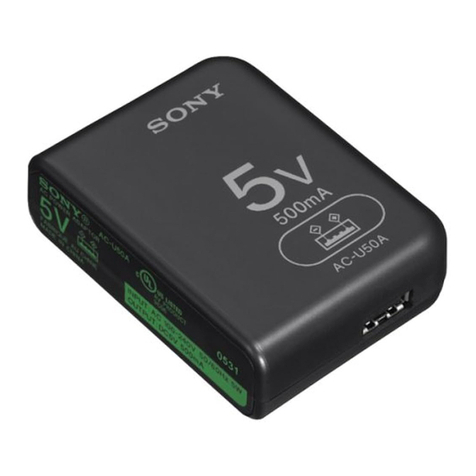
Sony
Sony AC-U50A User manual
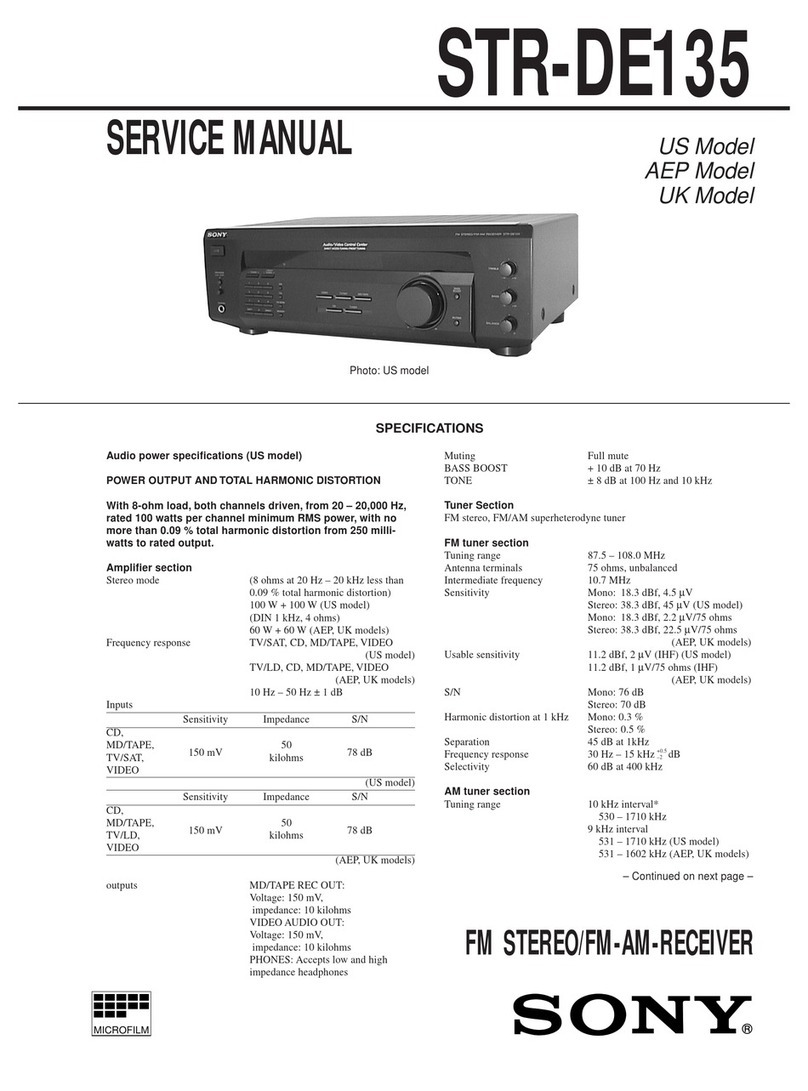
Sony
Sony STR-DE135 Quick start guide

Sony
Sony Ipela SNCA-ZX104 User manual

Sony
Sony HCD-EA20 User manual
